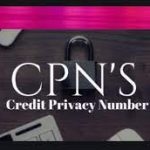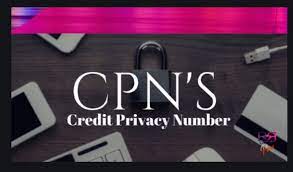Money Basics Series
Although there are certain basic financial rules of thumb that many people can agree make sense at face value (like “a house is always good investment”, “you should try to save as much money as you can for retirement”, and “you should always spend less than you make”), making financial decisions solely based on these rules of thumb is probably not going to help you maximize your money and can actually cost you big time long term if this advice isn’t in line with your personal goals and values.
That being said, after working with hundreds of clients, we realize that there are certain beliefs and fundamental principles we operate off of at Peterkin Financial that color the way we look at planning and consequently the way we advise our clients. Client goals and values followed by data and numbers always trump general rules of thumb, but we feel it is important to share them just the same. So we’ve decided to create a blog post series of what we’ve coined “Money Basics” so you can better understand our perspective as a planning team.

Cash Flow
Cash flow is nothing more than money in and money out. If you have more money coming in than you have going out, you have positive cash flow, which means extra money to spend, pay down debt, reinvest, and save. If you have less money coming in than is going out, you have negative cash flow.
Negative cash flow isn’t always a bad thing- it can happen because you intentionally made a big purchase on credit, made ongoing long term investments, or spent savings that were earmarked for certain purchases.
Ongoing negative cash flow, however, usually indicates an issue with either your spending, savings, and/or investments.
You can create positive cash flow in two ways: increase income or decrease expenses.
I almost always start with decreasing expenses, but wait- its not what you think!
There are many people in the financial industry these days focusing on increasing income- and I get it! Teaching people how to earn more money is sexy. And it’s even sexier because people love tell themselves that their expenses (which they have complete and often immediate control over) are fine- it’s their income (which they usually have much less immediate control over changing) is the problem.
Don’t get me wrong- sometimes income really is the problem. But after working with over 500 clients, who have all been ordinary, hard-working people- none with exorbitant income or salaries- we’ve only had a handful who truly had an income problem and they could still improve their situation immediately by looking at expenses.
So here’s why I start with expenses and not income: $1 saved is always worth more than $1 earned. Why? When you earn $1, you have to pay income taxes on that dollar so you don’t actually have $1 to spend. If you have a high annual income or you own a business you have much less to spend of that dollar than if you’re an employee, but no matter who you are you’re likely not spending $1. However, a dollar saved is a dollar to spend no matter who you are, what you earn, or what you own.
At this point, I’m sure you’re thinking that this is nothing new. Most of the financial gurus advocate cutting expenses in order to have more positive cash flow to save and invest.
You’ve tried it. Maybe it doesn’t really work for you to work hard all week only to pay bills and save what’s left over. Or, maybe you’re in the minority and it does work for you and you have your budget down to a science.
Whichever boat you’re in, our advice is the same: in order to truly optimize your cash flow, you need to keep lifestyle at the forefront. Saving and investing significantly without adequate consideration given to the lifestyle you want now and the lifestyle you want in the future means your money isn’t actually working as hard for you as it could be.
Conventional wisdom would say to cut out all non-necessities- the Starbucks and the dinners out- but the truth is, the most significant portion of your income likely isn’t going to luxury items- it’s actually hiding under the veil of necessities. It’s being spent on things you don’t care about that, if trimmed, wouldn’t impact your lifestyle.
Looking at hundreds and hundreds of budgets and doing cash flow analyses with clients has convinced me that hundreds and sometimes thousands of dollars per month can be found in taking a closer look at expenses not typically scrutinized. The premiums for insurance policies you don’t actually need, interest and fees to financial institutions, auto-pilot purchases, and subscription services that aren’t being maximized or negotiated. There is almost always easy room for improvement.
We find time and time again is that when cash flow and budgets are looked at from a place of keeping what brings you joy and your desired lifestyle and scrutinizing anything that doesn’t- often there is suddenly much more money to work with.
If you can find the money in your existing plan by truly optimizing your cash flow, and your goal is to still increase income- great! Do it! We love additional income- especially if it’s passive, but the great thing you should find from starting with expenses is that the perceived need for additional income is less and the focus on time, money, and the best way to make that income in light of your goals and values becomes the focus rather than simply the fastest path to cash.
Source: Nicole Peterkin [https://blog.peterkinfinancial.com/]








